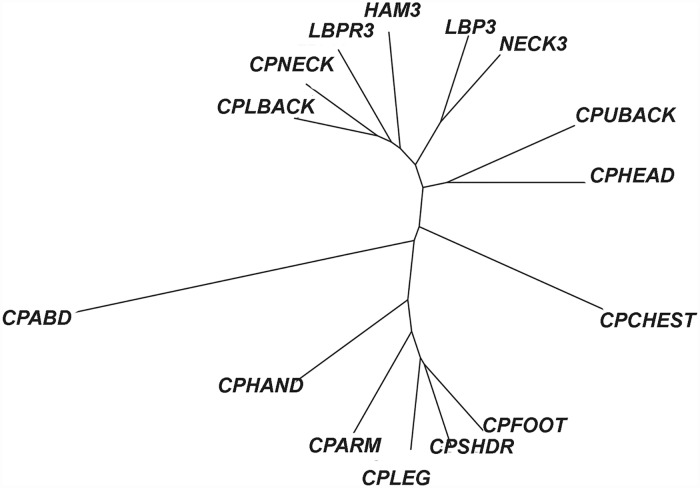Fig 1. Clustering of pain types using adjusted MIPs.
In a dendrogram, objects similar to each other are arranged close to each other. Their relative distance is represented by the height of the lowest branch that joins, directly or indirectly, to the corresponding leaves of the tree. After adjusting the MIPs (“adjusted MIPs”) for population effects of several demographic, anthropomorphic, social, and medical variables, this dendogram shows hierarchical clustering of the 15 different pain types. Interestingly, across body regions, the dendrogram reveals close clustering of axial pain in contrast to appendageal pain. Abdominal pain and chest pain are also distinguished from the axial pain and appendageal pain clusters, and from each other. The definitions of the 15 different pain type abbreviations are provided in Table 1.

